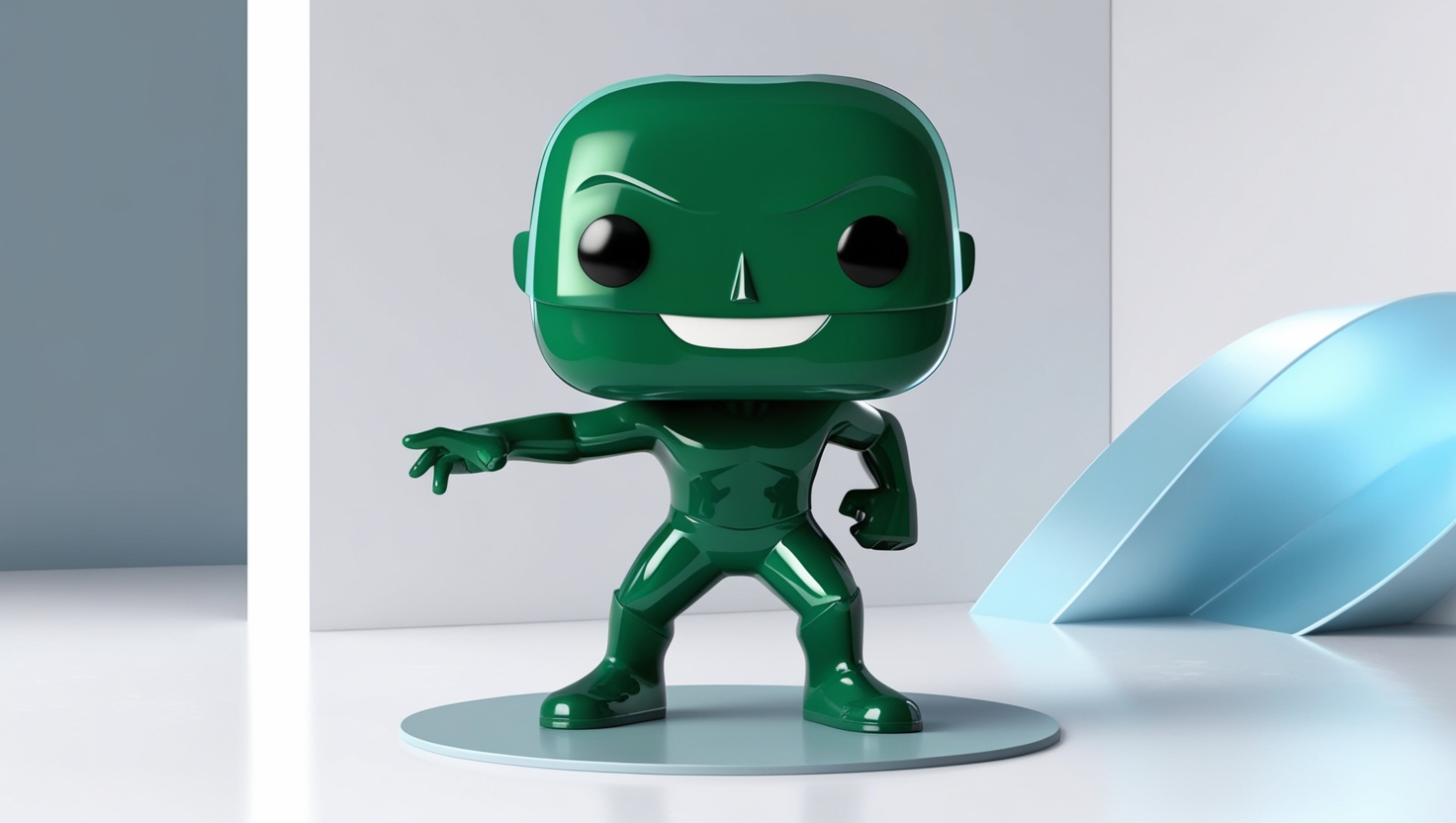Creating a Software as a Service (SaaS) product is a journey that blends technology, user experience, and strategic planning. The digital landscape is brimming with opportunities, but the competition is fierce. A well-designed SaaS product not only meets the needs of its users but also offers a seamless experience that keeps them engaged and satisfied. Let’s delve into the best practices for designing a SaaS product that stands out in a crowded marketplace.
Understand Your Users
The foundation of any successful SaaS product lies in understanding your target users. Conduct thorough market research to identify your audience’s pain points, preferences, and behaviors. Create user personas that encapsulate the demographics, goals, and challenges of your ideal customers. Engaging directly with potential users through surveys, interviews, and feedback sessions can provide invaluable insights that inform your design decisions.
Simplify the User Experience (UX)
A user-friendly interface is crucial for a SaaS product. Aim for simplicity and clarity in your design. Utilize intuitive navigation that allows users to accomplish tasks with minimal effort. Consider implementing a clean and consistent layout, ensuring that information is presented logically and without clutter. Tools like wireframes and prototypes can help visualize your product and refine the user experience before development begins.
Prioritize Onboarding
A well-structured onboarding process is vital for user retention. This is your opportunity to guide new users through the features and benefits of your product. Create interactive tutorials, tooltips, or guided walkthroughs that help users understand how to use your product effectively. A smooth onboarding experience not only reduces churn but also encourages users to explore the full potential of your SaaS solution.
Responsive Design
In a world where users access applications from various devices, responsive design is non-negotiable. Ensure that your SaaS product provides a consistent experience across desktops, tablets, and smartphones. This means optimizing layouts, buttons, and interactions for different screen sizes. Testing your product on various devices and browsers will help identify any issues that could hinder the user experience.
Focus on Performance and Scalability
Performance can make or break a SaaS product. Users expect fast load times and seamless functionality. Optimize your code and infrastructure to ensure quick response times. Additionally, design with scalability in mind. As your user base grows, your application should be able to handle increased traffic and data without compromising performance. Cloud services can provide the flexibility you need to scale your product efficiently.
Implement Security Measures
Security is a paramount concern for SaaS applications. Users need to trust that their data is safe. Implement strong encryption protocols, secure authentication methods, and regular security audits. Transparently communicate your security measures to users, as this builds trust and enhances your brand’s reputation.
Continuous Iteration and Feedback
The design process does not end with the product launch. Continuous improvement is essential in the SaaS space. Regularly gather user feedback through surveys, reviews, and analytics to identify areas for enhancement. Use A/B testing to experiment with new features and design changes, allowing you to make informed decisions based on user behavior.
Integrate Analytics
Incorporating analytics tools into your SaaS product provides valuable insights into user behavior. Track key performance indicators (KPIs) such as user engagement, conversion rates, and churn rates. Analyzing this data can help you understand how users interact with your product, allowing you to make data-driven design decisions that enhance the user experience.
Emphasize Customer Support
Exceptional customer support can set your SaaS product apart. Provide users with various support channels, such as live chat, email, and comprehensive documentation. Implementing a knowledge base or community forum can also empower users to find solutions independently. Timely and helpful support fosters loyalty and encourages positive word-of-mouth.
Conclusion
Designing a successful SaaS product is an intricate blend of user-centered design, technological innovation, and ongoing engagement. By understanding your users, simplifying their experience, and maintaining a focus on security and performance, you can create a product that not only meets market demands but also exceeds user expectations. Embrace the journey of continuous iteration and feedback, and your SaaS product can evolve to become an essential tool for your users, fostering loyalty and growth in a competitive landscape. Let your SaaS product be not just a solution, but a remarkable experience that users can’t live without.








